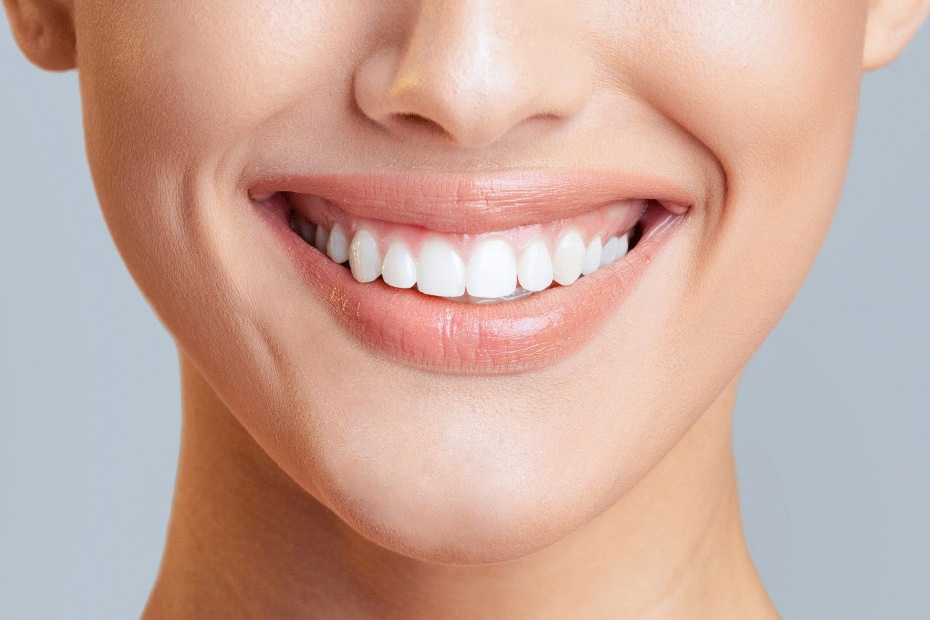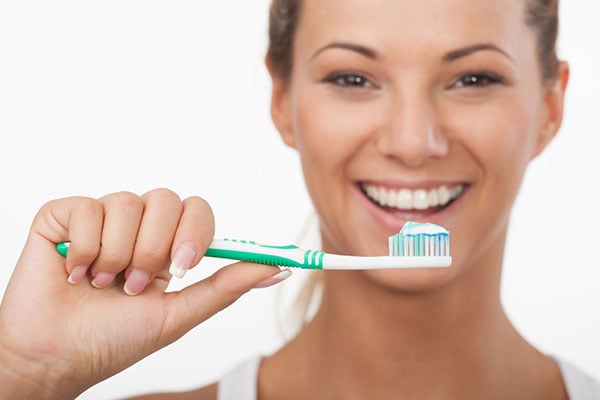Disclaimer: This content is for informational purposes only. It does not replace professional medical or dental advice. Always consult a healthcare provider before using any remedy or product.
In the ever-growing world of personal care and wellness, many people are turning to natural or home-based remedies for maintaining oral hygiene. From teeth whitening to eliminating bad breath and supporting healthy gums, various products and techniques are being promoted for their benefits — sometimes with claims that a single ingredient or product can do it all.
One popular claim is that “just one drop” of a natural solution can whiten teeth, eliminate oral fungus, and remove bad breath. While such claims may sound appealing, it’s important to break down the facts based on research, professional dental advice, and the science of oral health.

Understanding Oral Health Basics
Maintaining oral health involves more than brushing your teeth once or twice a day. According to the American Dental Association (ADA), comprehensive oral care includes:
-
Brushing twice daily with fluoride toothpaste
-
Flossing daily to remove plaque
-
Visiting a dentist regularly for professional cleanings and exams
-
Eating a balanced diet and limiting sugary snacks
-
Avoiding tobacco products
These practices not only contribute to white teeth and fresh breath but also help prevent cavities, gum disease, and other health problems linked to poor oral hygiene.

Can a “Single Drop” Whiten Teeth?
There is no official or scientifically verified evidence that a single drop of any natural substance can instantly whiten teeth. However, some ingredients found in natural remedies may contribute to a brighter smile over time.
1. Hydrogen Peroxide (Low Concentration)
Mild concentrations of hydrogen peroxide (around 3% or less) are sometimes used in professional teeth whitening treatments. The ADA notes that when used appropriately under professional guidance, hydrogen peroxide can help reduce surface stains. However, overuse or misuse can damage enamel and irritate gums.
Important: Whitening products should carry the ADA Seal of Acceptance, which ensures they are safe and effective when used as directed.
2. Baking Soda
Sodium bicarbonate, commonly known as baking soda, is a mild abrasive and can help remove surface stains from teeth. Some ADA-approved toothpastes include baking soda for this reason. However, it should not be considered a substitute for a professional whitening procedure.
3. Coconut Oil (Oil Pulling)
Oil pulling is an ancient practice that involves swishing oil (commonly coconut oil) in the mouth for several minutes. Some people believe this helps whiten teeth and improve oral health. While oil pulling may help reduce the presence of bacteria, scientific studies have not conclusively proven that it significantly whitens teeth.
Addressing Bad Breath (Halitosis)
Bad breath can result from various causes, including poor oral hygiene, dry mouth, certain foods, or underlying health conditions. The Cleveland Clinic and Mayo Clinic recommend the following methods to manage and prevent bad breath:
-
Brushing and flossing regularly to remove food debris and plaque
-
Brushing the tongue, where odor-causing bacteria may reside
-
Staying hydrated to prevent dry mouth
-
Avoiding tobacco and strong-smelling foods such as garlic or onions
-
Using antimicrobial mouthwash, which can temporarily reduce bacteria
Although some essential oils — such as peppermint, tea tree oil, or eucalyptus — may help temporarily freshen breath due to their natural antibacterial properties, they are not a long-term solution. These oils should never be used undiluted or ingested unless specifically formulated and approved for oral use.

Oral Fungal Infections: Can Natural Remedies Help?
Oral fungal infections, such as oral thrush (candidiasis), are caused by an overgrowth of Candida albicans, a type of yeast normally found in the mouth. According to the Centers for Disease Control and Prevention (CDC) and the World Health Organization (WHO), these infections are more common in people with weakened immune systems, those using inhaled corticosteroids, or individuals with dentures.
Medical treatment for oral thrush typically includes antifungal medications such as nystatin or fluconazole. These medications are prescribed by a healthcare provider.
Some natural remedies, such as tea tree oil, clove oil, or oregano oil, are said to have antifungal properties. However, these claims have not been approved by regulatory agencies like the U.S. Food and Drug Administration (FDA) for treating oral infections. Inappropriate or unsupervised use can cause irritation or toxicity.

Combining Oral Care Techniques: What Works Safely
Rather than relying on a “miracle drop,” the most effective approach to maintaining oral health and aesthetics is through consistent, evidence-based practices:
-
Use fluoride toothpaste approved by the ADA
-
Incorporate a mouthwash with antimicrobial or fluoride benefits
-
Replace your toothbrush every 3 to 4 months
-
Chew sugar-free gum to stimulate saliva if you suffer from dry mouth
-
Maintain regular dental check-ups (at least twice a year)
If you’re seeking whiter teeth or fresher breath, speak with your dentist before trying any over-the-counter or home remedy solutions. Your dental professional can recommend safe products that match your specific needs, whether you’re dealing with stains, sensitivity, or chronic halitosis.
What to Avoid
To protect your oral health, avoid the following:
-
Unsubstantiated products or viral claims that lack FDA or ADA approval
-
Applying undiluted essential oils or chemicals directly to gums or teeth
-
DIY whitening hacks involving acidic substances (like lemon juice or vinegar), which can erode enamel
-
Over-the-counter products without clear labeling or ingredient lists
Remember: if something sounds too good to be true — such as a product that promises whitening, fungal treatment, and breath improvement with one drop — it likely requires closer examination and professional advice.
Final Thoughts
The idea that a single drop of a substance can whiten teeth, remove fungus, and eliminate bad breath is highly appealing — especially in a world looking for fast solutions. However, reliable oral care requires more than quick fixes. The most effective way to care for your teeth and gums is by combining safe products, proper hygiene, and regular dental visits.
If you’re curious about adding natural ingredients to your routine — such as using coconut oil for oil pulling or trying a mild whitening toothpaste — consult with your dentist first. This ensures you’re making safe and informed choices that support your long-term oral health.

